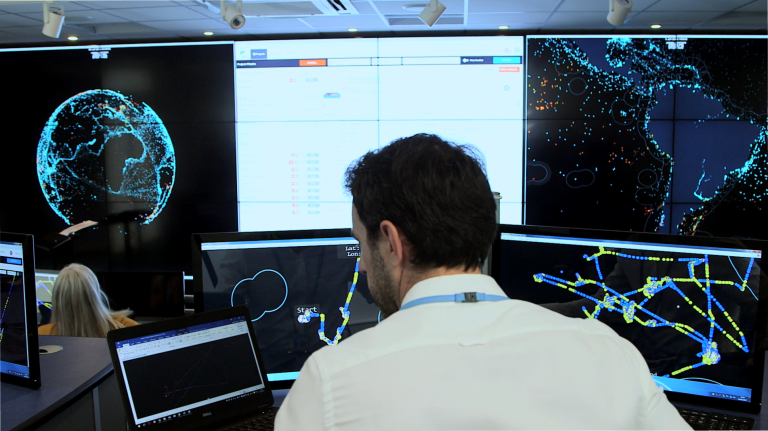
Maritime Observatory
Protecting Undersea Cultural Heritage
The Maritime Archaeology Sea Trust (MAST) is a champion for underwater maritime heritage and advocacy. OceanMind and MAST have together launched the Maritime Observatory to protect global underwater cultural heritage. It establishes a cross-sector team with strong government engagement that creates a hub for monitoring the maritime domain and sharing with relevant stakeholders to protect important maritime sites from unauthorised salvage.
Risks to cultural heritage and to the environment
The Observatory aims to help detect and thus deter looting of wreck sites – for example merchant ships carrying valuable cargos and warships, many of which contain human remains, and sites at risk due to their pollution potential from oil and ordnance. Most looting centres on metal wrecks, principally WWI and WWII sites with non-ferrous metals of considerable value. This criminality is not limited to the maritime domain and often enmeshes wider illegal activities.
Many protected sites around the world are inadequately monitored by the authorities, affording criminals opportunity to conduct illegal salvage with impunity, resulting in culturally important relics being lost, with graves desecrated. Illegal salvage operations in some areas are occurring on an industrial scale. Operators see certain post 1870 metal wrecks as income when legal contracts are unavailable.
Concern regarding some wrecks is compounded by the fear that not only is their destruction destroying a natural habitat for sea life but also that some sites, weakened by decades underwater, will leak fuel oil once their hulls are breached by grabbers or explosives.
A turning point in the protection of undersea heritage sites
Taking into account the evident impossibility of patrolling all areas of the sea and the dwindling resources of individual governments, the Maritime Observatory was born.
The Observatory uses a combination of satellites, artificial and human intelligence to study and detect such illegal activity developing patterns to promote the evolution of a predictive intelligence tool. It works by modelling the activities of looters by tracking vessels of interest and using satellite-based technology to assess compliance with the law. This modelling is cross referenced with all vessel activity around sites over a multi-year historic period to identify threats. Threat modelling is then used to establish an ongoing monitoring regime to identify potential non-compliance and inform the relevant authorities.


